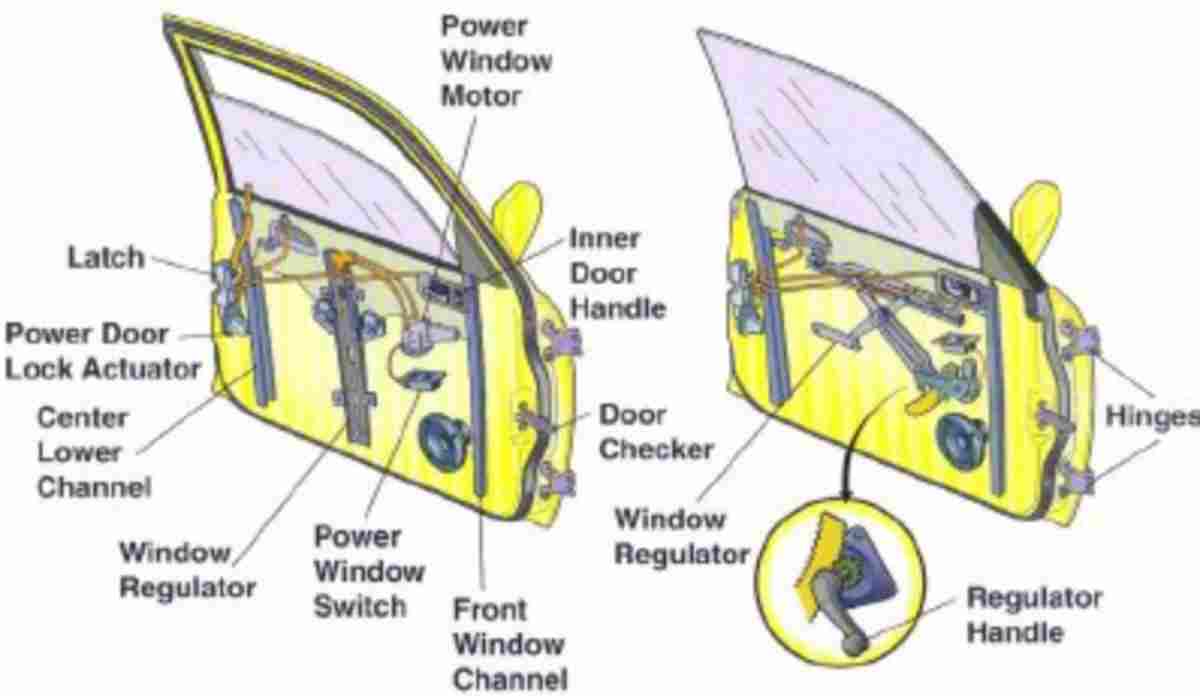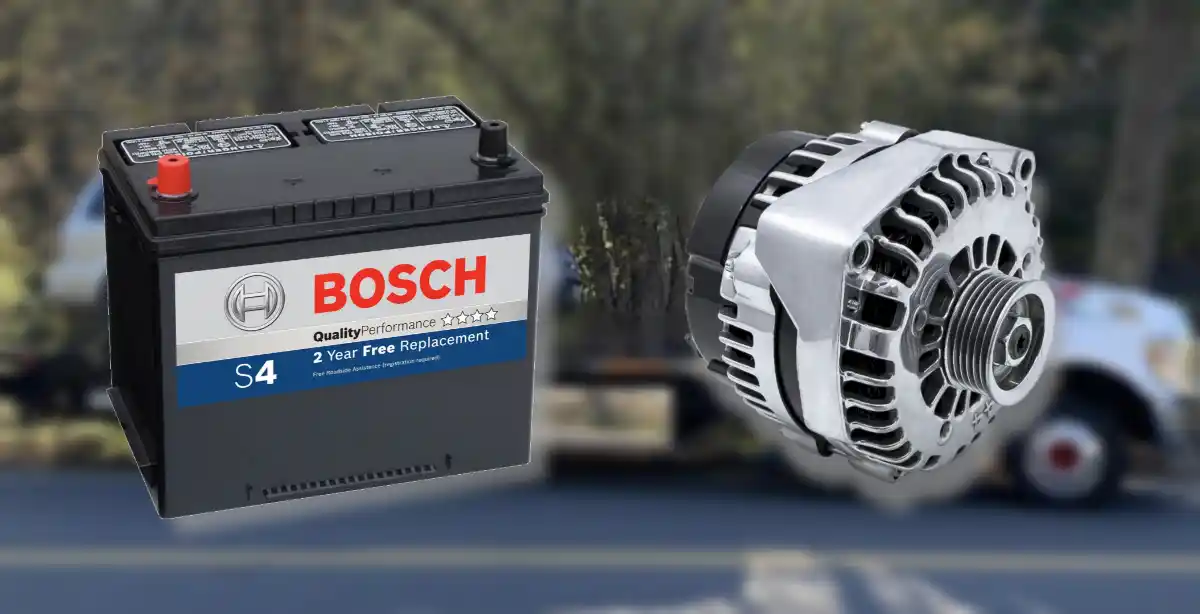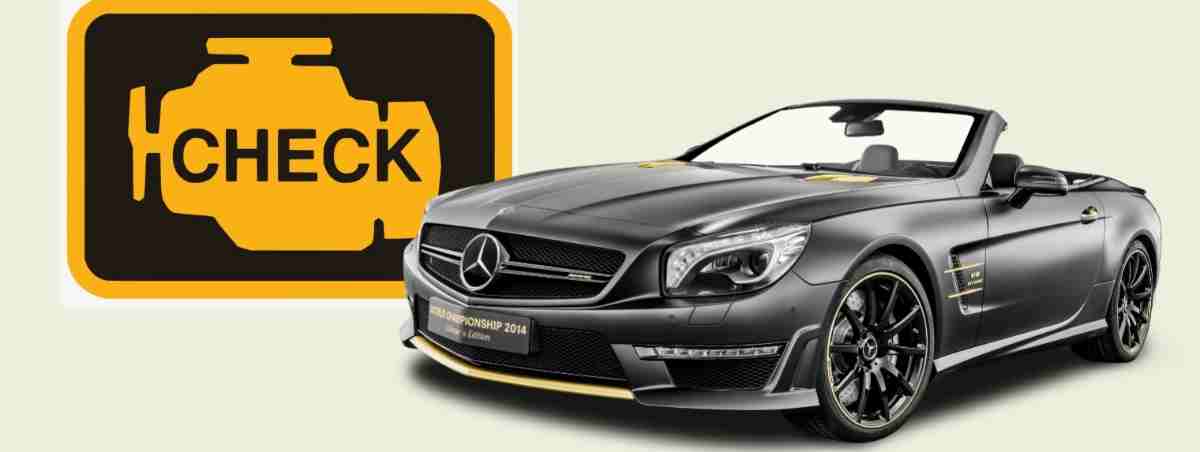This maintenance and repair guide discloses why a car window goes down but not up. You want your car windows closed, not just for security, but also to aid other interior operations such as the air conditioner.
If the window will not go up, your vehicle is left literarily exposed to theft and dirt. Wind will easily blow dust and debris into the car, getting the interior dirty. Moisture is another problem, and you cannot drive comfortably in the snow or rain to avoid soaking the interior.
Thus, if you are in a situation where no professional is immediately available, or to cut costs, you want to try to fix it yourself. Depending on the cause of the failing window problem, contacting a professional may be necessary.

Read also: windshield wipers stopped working in rain: what do you do?
Reasons your car window goes down but not up and how to fix
The window of a car will refuse to go up but down only for some resolvable reasons. If you are fortunate with a simple problem, you can DIY your way out of it. A complex cause would mean paying a professional to fix your vehicle windows not rolling up.
Below are the reasons a car window goes down but not up:
-
Incorrect ignition switch position
The ignition switch, also called the starter switch, is a switch control system that enables the main electrical system, including other accessories in the car.
If the ignition switch is positioned incorrectly, the power window will not roll up. Note that this does not matter if your car is already running.
How to fix
The simple solution is to check the ignition switch position and set it correctly. Your car needs to already be off, then check the starter switch to ensure it is in the right accessory position. Remember, your ignition switch is also responsible for running accessories such as windows.
If damaged, you need a replacement starter switch. A mechanic will do the installation for you.
Read also: dealing with a loud engine when accelerating
-
Malfunctioning window motor
The window motor is mounted in the door panel and is attached to the car’s regulator, the mechanical assembly responsible for moving the window up or down.
Most modern cars feature power windows, and if the window will not go up or down, the electric motor is faulty.
How to fix
To diagnose a faulty power window motor, turn your ignition switch to the accessory position without starting the engine. Engage the switch mounted on the side of the affected car window and check if there is a movement in the voltmeter (not available in all cars) of your car in the instrument panel.
Also, press the power window switch and look for flickering lighting in the interior or exterior. If you spot any, the window motor is receiving the current but the motor is faulty.
You need a professional mechanic with the right tools to complete the window motor replacement. This also involves opening the door panel.
Read also: rear interior window stickers? How to remove
Note that a window regulator connected to the electric motor can also be the reason the car window goes down but not up.
-
Enabled child safety lock
The child safety switch keeps children or pets from using features in the car. This could be the reason your car window will not go up after going down.
Depending on your car, the child safety switch may be located next to the window control panel of the driver.
How to fix
If the child safety switch is the reason the car window does not roll up, deactivate it. Start by checking if other windows are inoperative, then press the button with the crossed-out window symbol in your vehicle.
-
Faulty window switch
The window switch powers the windows in the car. It is responsible for the up or down function of the window motor. The window switch also works with the regulator inside the control panel. When you push the switch, the car window goes up or down, depending on its configuration.
A faulty power window switch keeps the window from going up but may allow it to go down. This means the switch has no problem working on the side managing the downward rolling.
A broken wire due to flex when opening the door may also be the reason the window stops going up. The metal wire could get broken in its insulating sleeve even without parting insulation. There may also be intermittent circuits during the early stage of the break.
How to fix
To diagnose a malfunctioning window switch, hold down the switch while swinging the door gently. The point is to see if the broken wire ends temporarily meet for the window to go up.
Finding a bad window switch is somehow the opposite of diagnosing a bad window motor. If there is no movement in the voltmeter or no light dimming after you engage the switch, the switch is faulty.
The solution is to get a replacement window switch. The installation might be a bit technical, so you want to have an auto repair shop fix it.
-
Blown fuse
An automotive fuse protects the wiring and electrical components of your car. They are typically rated for circuits below 32 volts of direct current. Some are rated for 42-volt electrical systems though.
If the automotive fuse is blown, the window will not respond when you try to get it up. If a pair or all the windows go down but not up, a blown fuse may be the reason.
How to fix
If a blown fuse is the reason your car window goes down but not up, the solution is to get a replacement fuse. Do the following to complete the replacement:
- Identify the fuse
To fix a blown fuse, you want to find where the fuse box is located. You may find it in the glove box, engine compartment, or beneath the dashboard. On some vehicles, there may be multiple fuse boxes in different locations. Refer to the manufacturer’s manual to find the fuse box. You can also check the automaker’s website.
Read also: reasons for the sudden acceleration in your car
The fuse box should be accompanied by numbered diagram identifying the fuse functions. So, follow the diagram to find the fuse responsible for the power window circuit. Your automaker’s manual would also point to the right fuse.
- Remove the blown fuse
After identifying the correct fuse, get long-nose pliers or a fuse puller to remove the fuse from the box. Just look for a blown fuse, it should have a brownish fuse discoloration or disrupted wire path.
- Replace the blown fuse
Install the replacement fuse of identical amperage and check if the window goes up. Ensure not to replace the blown with a higher amperage fuse than the previous to avoid causing a fire.
If you notice that the fuse gets blown again after a short period of use, you may have a more significant problem to fix. The vehicle circuitry could be the origin of the problem or the engine may be drawing excessive power. Have a mechanic do the job as it gets trickier at this point.
Steps to manually get a power window to go up

You may find yourself in a situation where you need to roll your faulty car window up immediately. Do the following:
- Start the car. First, start the car and set the ignition/starter switch to the accessory position. Try to manually raise the window by holding the partially visible part of the glass.
- Force the window up. While the door of the affected window is open, hold the window between your hands. Make sure that each palm is as flat on both sides of the glass. Get another person to engage the power window button to try to move the window up.
If the window has gone up, obviously, it may not go up again after it goes down. You need a plastic/rubber window wedge to temporarily keep the car window up. Carefully place the wedge between the door edge and the glass and look out for the molding to avoid breaking it.
If your vehicle door uses a window frame, use duct tape to keep the window from going down. Apply the tape to the frame and the outer glass edges to keep the window in place. Use small tape quantity to avoid obstructing the window view.
If the window will not come up at all, you need to improvise your way out to protect dust and other foreign substances and objects from entering the vehicle interior. You need sizable tarpaulin to protect the interior from dirt and moisture. Hang the material on the door and close it to the frame when exiting the car.

![6 Reasons for Melted Jumper Cable [How to Fix] 6 Reasons for Melted Jumper Cable [How to Fix]](https://sanedriver.org/wp-content/uploads/2022/03/PicsArt_03-25-10.19.49.jpg)
